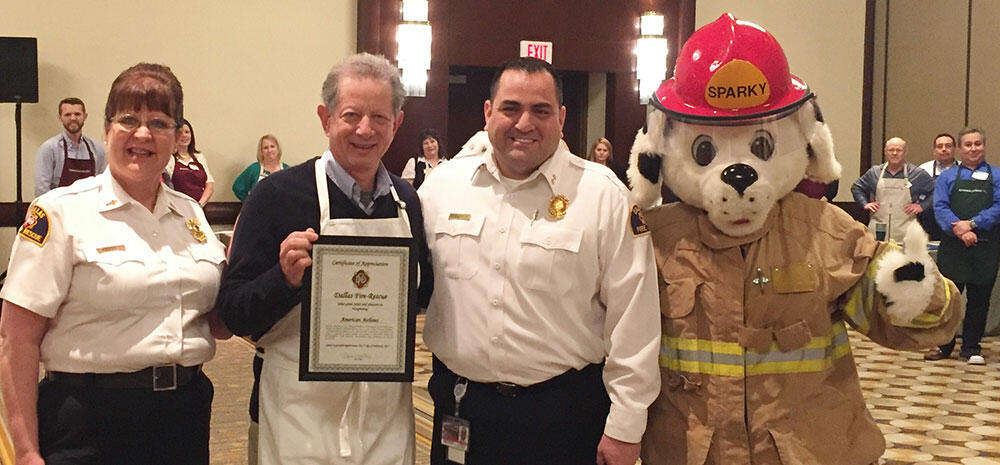
From Reddit
There’s a picture on Reddit of a young CEO washing dishes after treating his staff to lunch. One of his employees crowed, “… and that’s why I love my job.”
Was it the food or the dish washing? Maybe a bit of both. But more than likely, it was the humanity of the guy at the top who was generous enough to foot the bill for lunch and humble enough to wash up afterwards.
This was more than just a photo opp—you know, a PR stunt to impress stockholders, and build goodwill within the community. This is an incidental picture of a monumental change. It reflects a seismic shift in the underpinnings of the American workplace that was triggered by COVID-19.
Zoetis’s CEO Kristin Peck as quoted in Fortune Magazine: “What the pandemic did was make everybody realize we were all in the same storm, but our boats were quite different,” says Peck. “We had to become very clear about the importance of listening to people, and understanding their needs, and being flexible.”
“Can you hear me now?”
Twenty years later, this Verizon Wireless slogan could be the anthem cry of the American workforce today. That’s because employees are demanding to be heard and leaders have to learn how to listen actively.
Active listening means providing access to your workspace and your head space. It means allocating time and energy to a subordinate without using their subordinate status as a weapon. It means assigning value to that person as if they matter, at least for a few minutes; and then processing what they said like it actually matters over the long term. It also requires being fully present and offering honest feedback.
But wait a minute! That’s what workers are expected to do, not their bosses, right? Not any more! Now the tables have turned and active listening must become a part of the C-Suite leadership tool kit because…
…Employee engagement matters!
Gradually and sometimes grudgingly, corporate leaders are beginning to understand that a great employee experience makes for a great customer or client experience. And full engagement is the first step toward a great employee experience, a process which the pandemic has also turned on its head. Whether your company offers goods or services, the staff has stepped from behind the curtain and is now center stage.
Purpose-driven employees
The more tumultuous daily life became, employees began to question both the tumult and the value of daily life itself. What was the point? Did their lives matter or make a positive difference? There needed to be a point for them to keep work, to keep living. They wanted their lives to have a point, a meaning, a purpose. Otherwise, why bother!
Empathy-driven employers
Today, leadership development must be built on a foundation of genuine human empathy and relatability. Employers need to understand what employees care about away from the office. What drives them? How meaningful is their work to them and to you? Do your core values match theirs? How fully is your corporate culture embraced by your staff from the top down?
The bottom line is that your bottom line is no longer driven by the mandates and dictates of the C-Suite denizens. If you’re at the top of the food chain, look down because that’s where your power really lies. In other words, engaging the bottom of the food chain will boost your bottom line.
 Holistic leadership starts at the top
Holistic leadership starts at the top
Today, a leader’s engagement of subordinates is about more than inspiring them to clamor up the corporate ladder without regard for the damage they inflict on their colleagues. Today, casualties matter. And preventing such casualties is a sign of leadership strength instead of weakness.
Corporate engagement is an emotional contact sport. Think: one-on-one mentoring, coaching, and teaching. This is the organic machinery that creates and runs top-performing teams. Helping to make human resources more human and humane—that’s’ the new team building strategy.
And it starts at the top—with you. Self-awareness and self-reflection are the first steps leaders must take before they can lead anyone anywhere. It may sound daunting in light of all the other things a leader has to handle. And indeed it is daunting, but it’s doable with the right resources, tools, and training.
So let’s get started.

